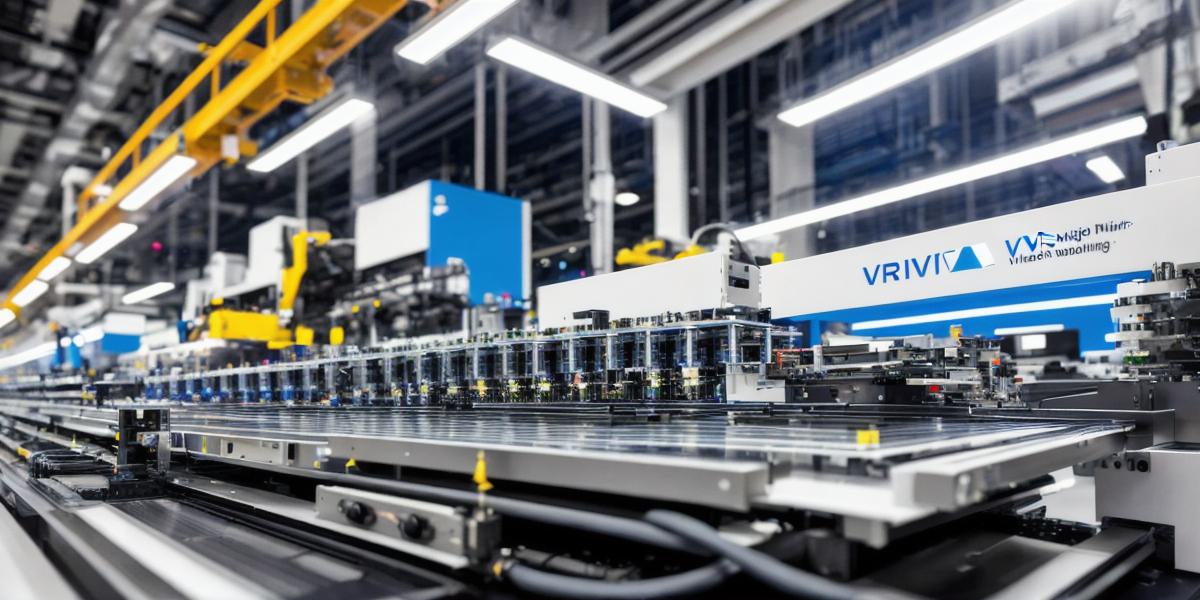Virtual reality (VR) has been transforming the way we experience digital content, and with the rapid advancements in technology, VR headsets have become more accessible than ever before. But what goes into making these cutting-edge devices? In this article, we’ll take a closer look at how VR headsets are made, and you’ll discover just how much science and engineering is involved.
The Basics of VR Headsets
Before we dive into the details of how VR headsets are made, let’s first understand what they are. At their core, VR headsets are devices that allow users to immerse themselves in a digital world and interact with virtual objects. These headsets typically consist of two displays, one for each eye, which create a stereoscopic effect that mimics the way our eyes perceive depth.
The displays in a VR headset use advanced graphics technology to display high-resolution images and videos. This technology includes computer-generated imagery (CGI), 3D modeling, and motion capture, all of which work together to create an immersive experience for the user.
The Components of a VR Headset
A typical VR headset consists of several key components that work together to provide a seamless and immersive experience. These components include:
- Displays: As mentioned earlier, VR headsets typically use two high-resolution displays, one for each eye. These displays use advanced graphics technology to create an immersive experience.
- Tracking System: A VR headset’s tracking system uses sensors and cameras to track the movement of the user’s head and adjust the display accordingly. This allows for a more natural and intuitive interaction with virtual objects.
- Head Mount: The head mount is the part of the headset that holds the displays and other components in place. It typically includes a adjustable strap system to ensure a comfortable fit.
- Processing Unit: The processing unit is responsible for rendering the graphics and processing user input. It can be integrated into the headset or connected via a separate computer.
- Motion Controllers: Motion controllers are used to track the user’s hand movements and translate them into virtual actions. They typically include buttons, triggers, and sensors that allow for precise control of virtual objects.
How VR Headsets are Made
Now that we have a better understanding of the components that make up a VR headset, let’s take a closer look at how they are made. The process involves several stages, including:
- Design and Prototyping: Before any actual production can begin, designers must first create a prototype of the headset. This involves creating detailed 3D models and simulations to test out different design ideas.
- Display Manufacturing: Once the design is finalized, the displays are manufactured using advanced graphics technology. This process involves printing high-resolution images onto thin, flexible panels that can be easily integrated into the headset.
- Tracking System Development: The tracking system is developed using sensors and cameras that can accurately track the user’s movement. This involves testing and refining different designs to ensure accuracy and reliability.
- Head Mount Assembly: The head mount is assembled using a combination of 3D printing, injection molding, and other manufacturing techniques. It must be designed to fit comfortably on the user’s head and adjustable enough to accommodate different head sizes.
- Processing Unit Integration: The processing unit can be integrated into the headset or connected via a separate computer. This involves developing software that can run on the hardware and handle the complex calculations required for VR rendering.
